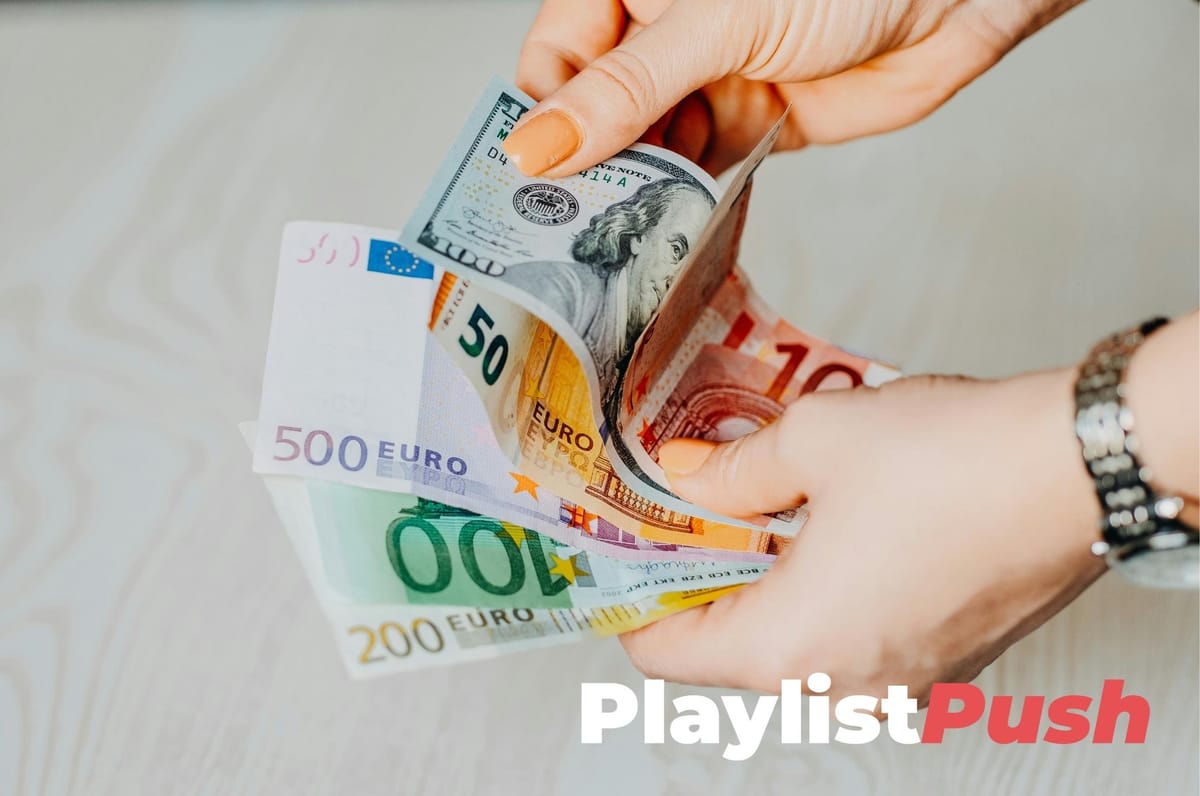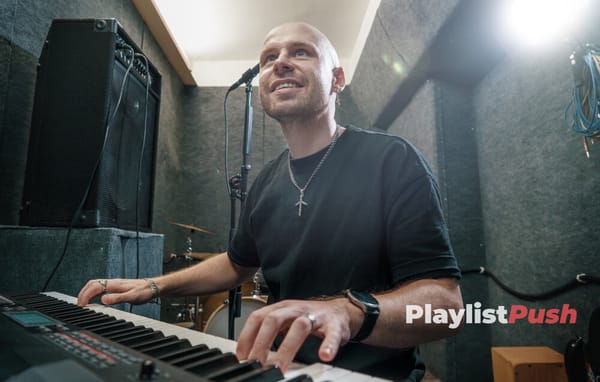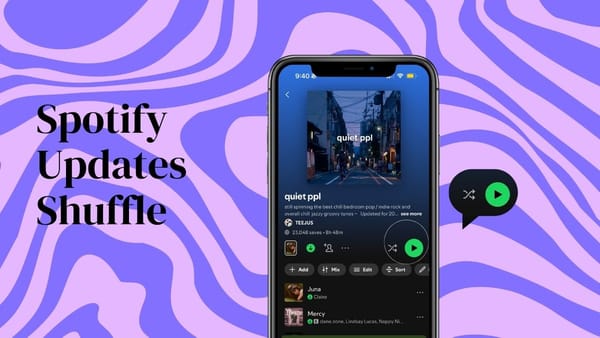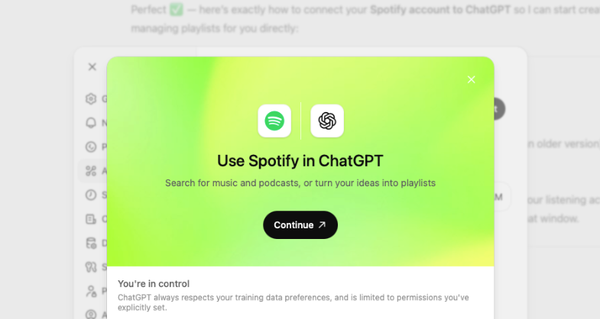Music Distribution - Flat Fee vs Royalty Model

Music distribution is a crucial step for artists aiming to get their music heard worldwide, but choosing the right distribution model can be tricky. The two main options are the flat-fee model and the royalty (revenue-share) model, each with its own pros, cons, and ideal use cases, depending on your release strategy, budget, and career goals.
What A Music Distributor Actually Does
A distributor is your gateway to the world’s biggest streaming platforms. Spotify, Apple Music, YouTube Music, Amazon, Deezer, TikTok, etc. They take your track, handle all the metadata, deliver it to every store, collect your royalties, and (hopefully) pay you on time.
In the old days, labels and physical distributors handled this through CDs and vinyl. Now it’s 100% digital. You upload your song once, and it can reach millions of ears across dozens of platforms within 48 hours.
But here’s where the catch comes in: different distributors have different payment structures. And while most artists focus on how fast their track gets live, smart artists focus on how much of the earnings they actually keep. That’s where flat fee vs royalty-based comes into play.
The Two Big Models: Flat Fee vs Royalty-Based
The music distribution industry splits neatly into two business models:
- Flat Fee Model – You pay upfront (either per release or yearly), and you keep 100% of your royalties.
- Royalty Model – You pay nothing (or very little) upfront, but your distributor takes a percentage of your streaming and sales revenue.
Both models have exploded thanks to the rise of DIY distribution. Platforms like DistroKid and TuneCore made it normal for artists to own their masters while keeping most (or all) of their income. Meanwhile, royalty-based distributors like AWAL and Symphonic offer more personalized support but take a cut of your profits.
Flat Fee Distribution – How It Works + Pros & Cons
In a flat fee model, you pay a single price, usually yearly or per release, and the distributor doesn’t touch your royalties.
How It Works
You upload your music, pay a fixed fee, and in return, you own 100% of your streaming income. For example:
- DistroKid: $24.99-$89.99/year for unlimited releases.
- TuneCore (Rising Artist Plan): $22.99/year for unlimited release.
- RouteNote Premium: 100% royalties, $10 per single, $45 per album.
These platforms don’t take a percentage from your royalties. Everything you make on Spotify, Apple Music, or TikTok goes directly to you.
Pros
- Full ownership: You keep every cent of your royalties.
- Predictable costs: Easy to budget if you release regularly.
- Speed + simplicity: Most flat fee distributors get your music live fast.
- Perfect for volume releasers: If you drop multiple tracks a year, you theoretically save a lot.
Cons
- Upfront payment: You pay even if your music gets no streams and you earn nothing.
- Annual renewals: Forget to renew, and your music might come down.
- Limited artist support: Often times no marketing or playlist pitching. Learn How To Contact Spotify Playlists Yourself Here.
Who it’s best for: Independent artists who release consistently, want full control, and prefer managing their own promo.
Royalty-Based Distribution – How It Works + Pros & Cons
Royalty-based distribution flips the model. Instead of paying up front, you let your distributor take a percentage of your revenue, usually 10% to 30%.
How It Works
You upload your track for free (or for a very small setup fee), and the distributor makes money only when you do.
Examples:
- AWAL: No upfront cost, takes a percentage of your revenue (typically 15–30%).
- Symphonic Distribution: 15-30% commission but offers label-style marketing, PR, and sync licensing.
- RouteNote: Offers both plans, but royalty sharing is common in its free tier.
Pros
- No upfront risk: Perfect if you’re testing the waters or have a small budget.
- Extra services: Some royalty distributors offer marketing, sync, or A&R support.
- Scalable: Good for artists who want help growing before going fully independent.
Cons
- Less control: You’re splitting income for as long as your music earns.
- Longer contracts: Some have multi-year agreements or hidden terms.
- Potentially less payout long-term: Especially if your track blows up.
Who it’s best for: Artists focused on growth over ownership, or those who want label-style help without signing a record deal. Check out our guide to record label contracts here.
Who Offers What?
Let’s run through some of the most common platforms artists use today and what models they follow:
The key takeaway? You’ve got options. Tons of them.
If you release often and care about long-term revenue, flat fee might be best for you.
If you want extra help growing, royalty-based makes sense.
How to Choose the Right Model for Your Career
Here’s the quick test:
- You have 3+ releases per year? Go flat fee.
- You’re still finding your sound or testing the market? Go royalty-based.
- You want both? Use RouteNote or TuneCore, they let you switch anytime.
Also consider:
- Budget: Can you afford annual fees comfortably?
- Long-term plans: Are you building a catalog or just dropping singles?
- Support: Do you want help with playlists, PR, and sync deals?
Remember, the best model is the one that fits your goals, not someone else’s. The biggest mistake new artists make is choosing the wrong setup because a YouTuber said it’s “best.” Your strategy should evolve with your career.
Final Thoughts: What Really Matters
Flat fee vs royalty isn’t a right-or-wrong question, it’s a timing question.Start where you are. If you’re just getting traction, a royalty-based model can help you grow without spending much. Once your streams pick up, move to a flat fee and start keeping all your royalties.
The smartest artists use both strategically, adjusting as their career scales. The ultimate goal? Owning your masters, maximizing your revenue, and staying in control.
FAQs
1. Which model is better for beginners?
Royalty-based. You can release for free and learn the process without financial pressure. Though some distributors require you to apply and be accepted before agreeing to a royalty-based model.
2. Can I switch from royalty to flat fee later?
Yes, most hybrid distributors (like RouteNote and Symphonic) make switching easy.
3. Do distributors take a cut from YouTube or TikTok royalties?
Only if you’re on a royalty plan. Flat fee users often keep 100%.
4. What model do bigger artists use?
Flat fee or direct deals. Once you’re earning real money, giving up 15–30% doesn’t make sense.
5. Whose the best distributor in 2025?
Check out our deep dive into the best music distributors here.
Looking to Promote Your Music?
Use our TikTok Music Promotion and Spotify Playlists Promotion service.





